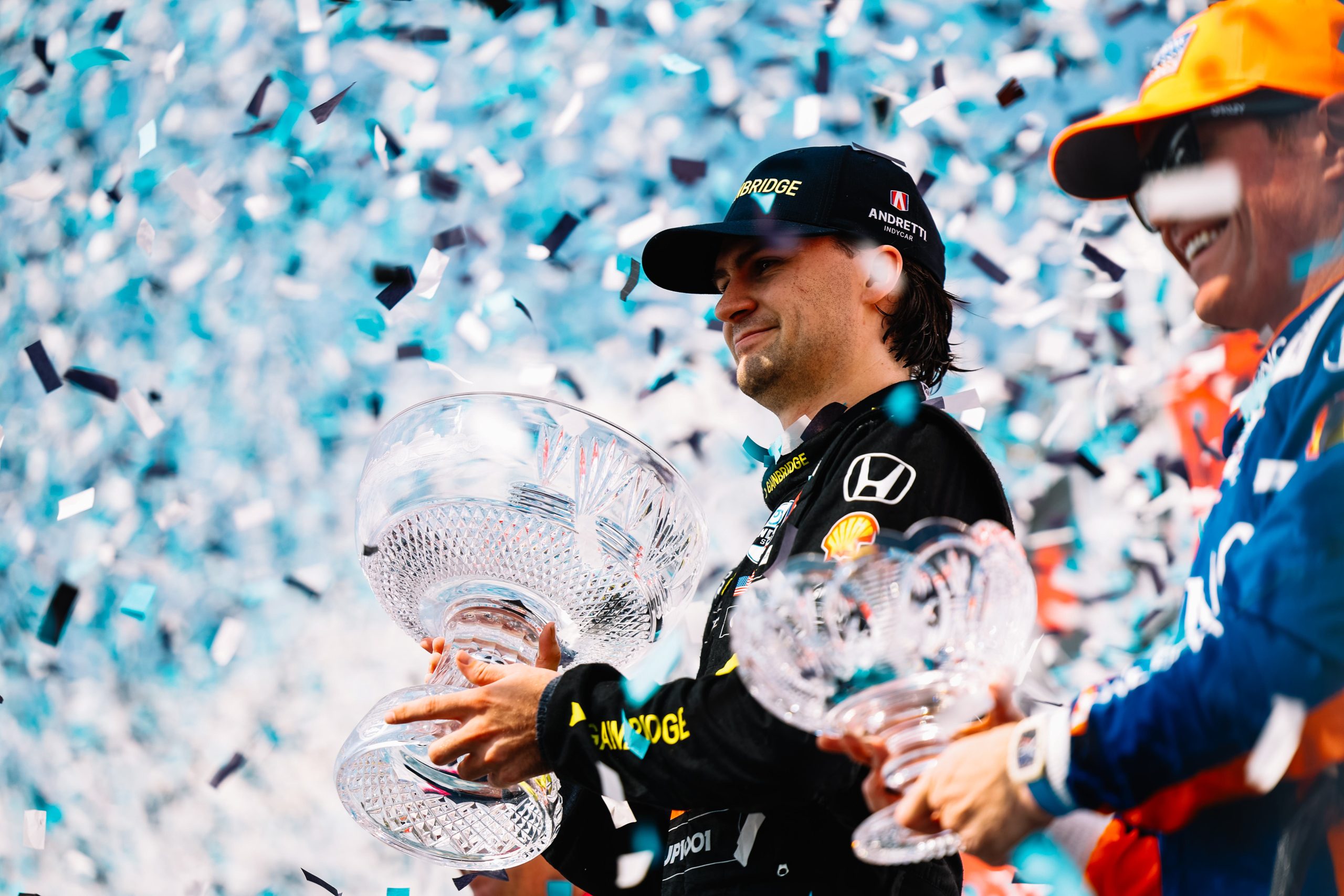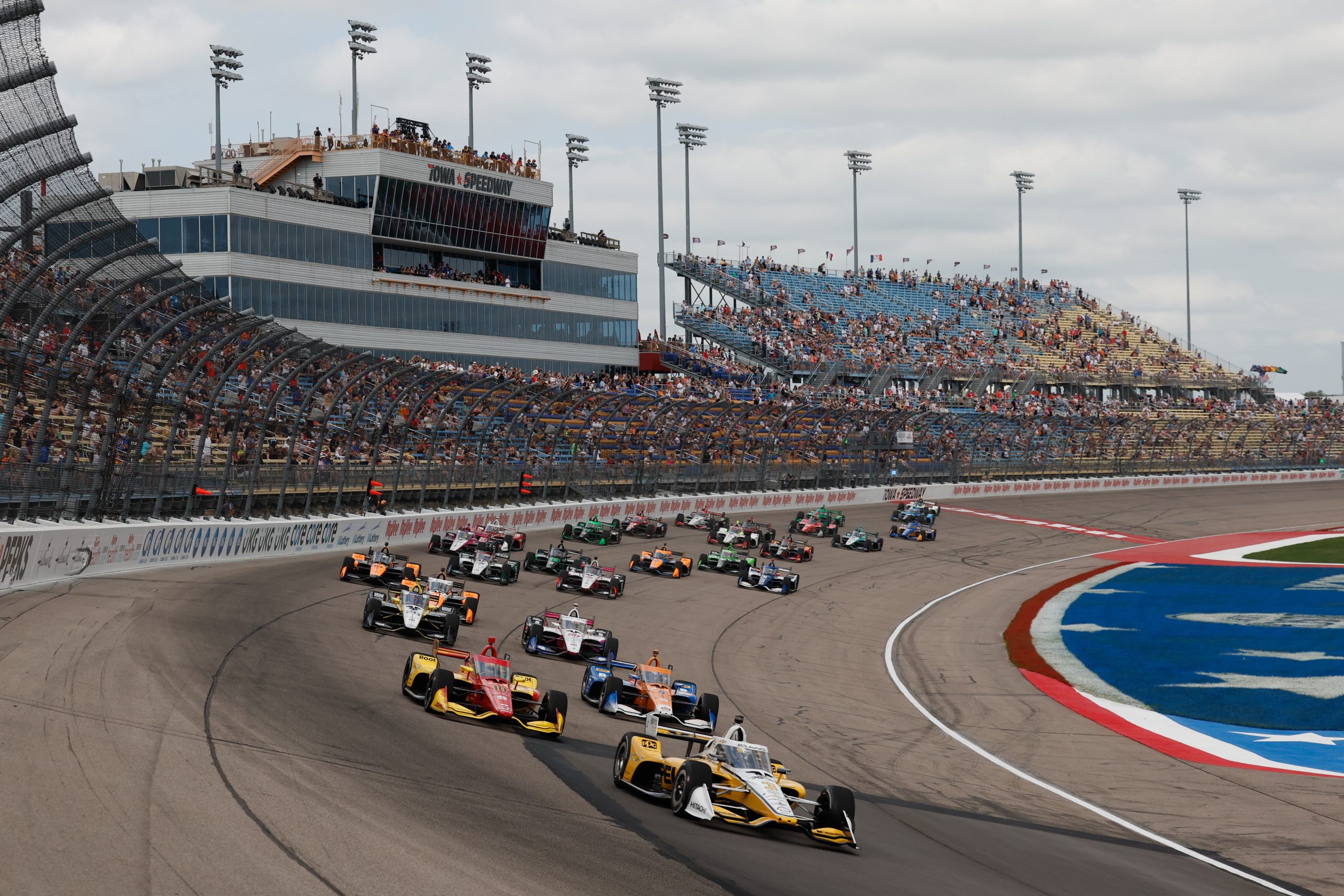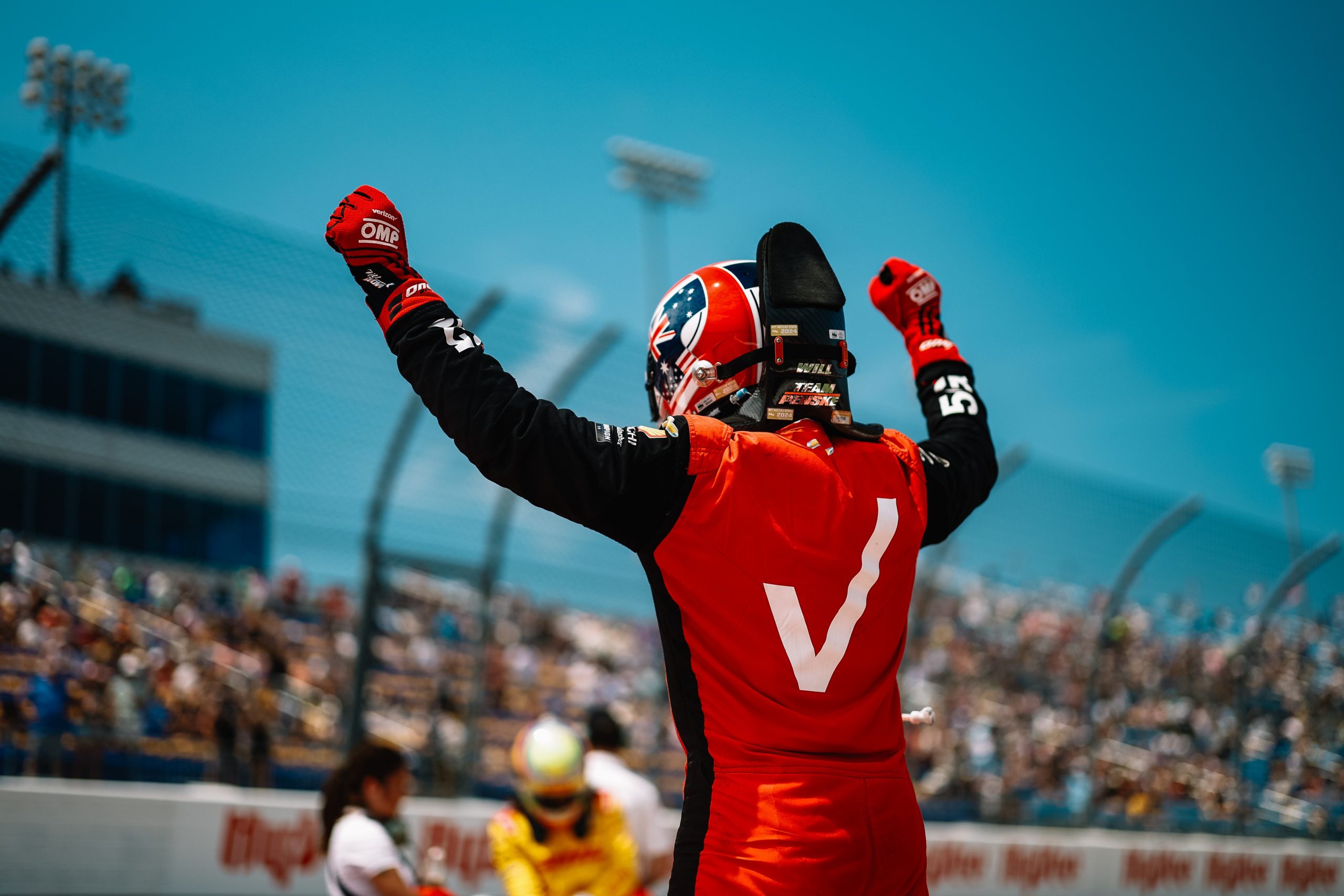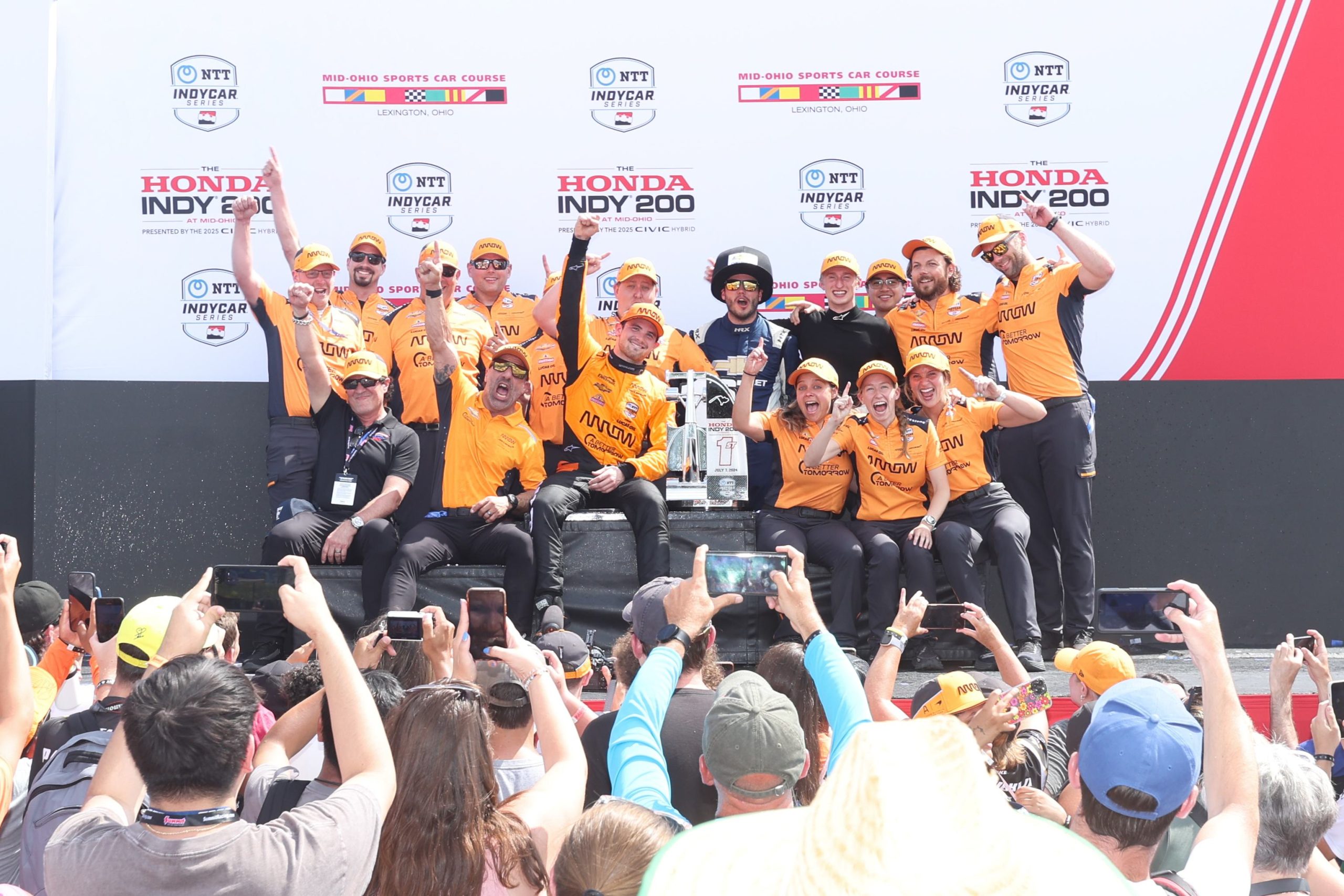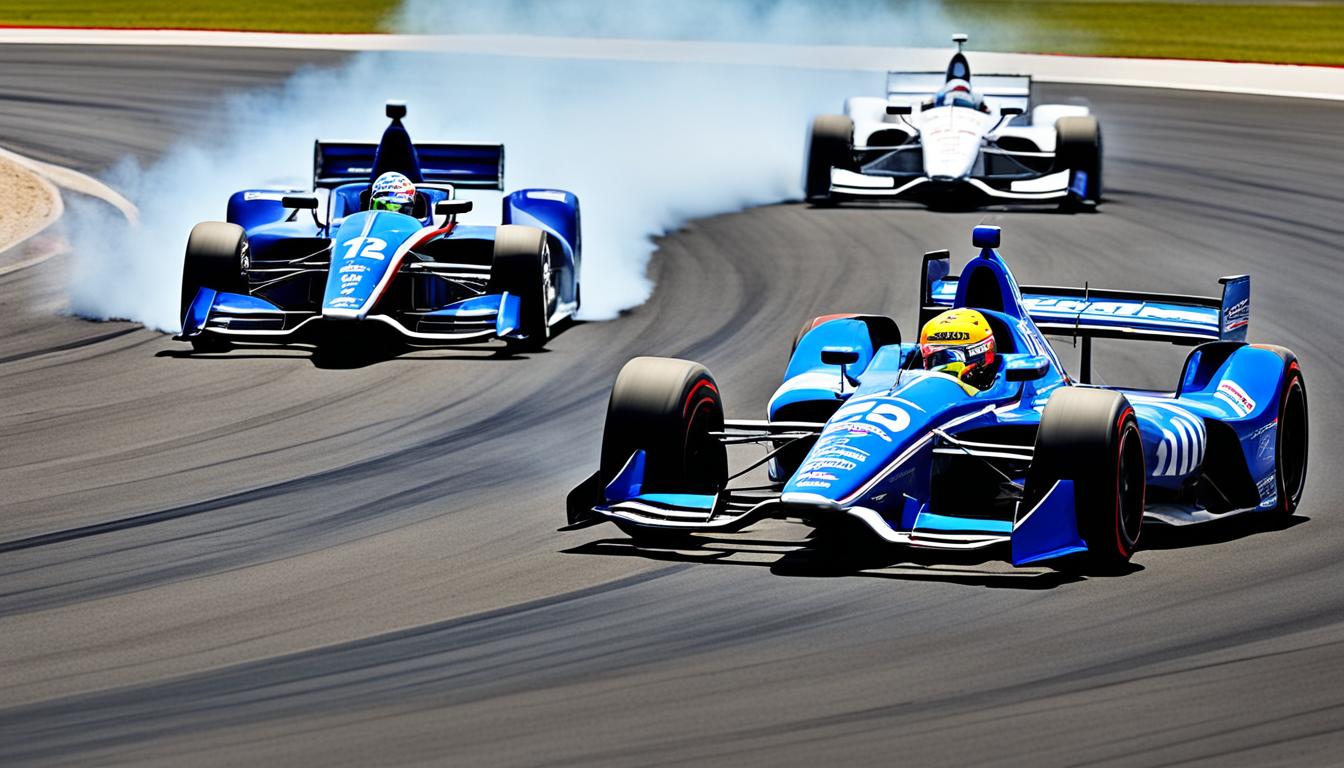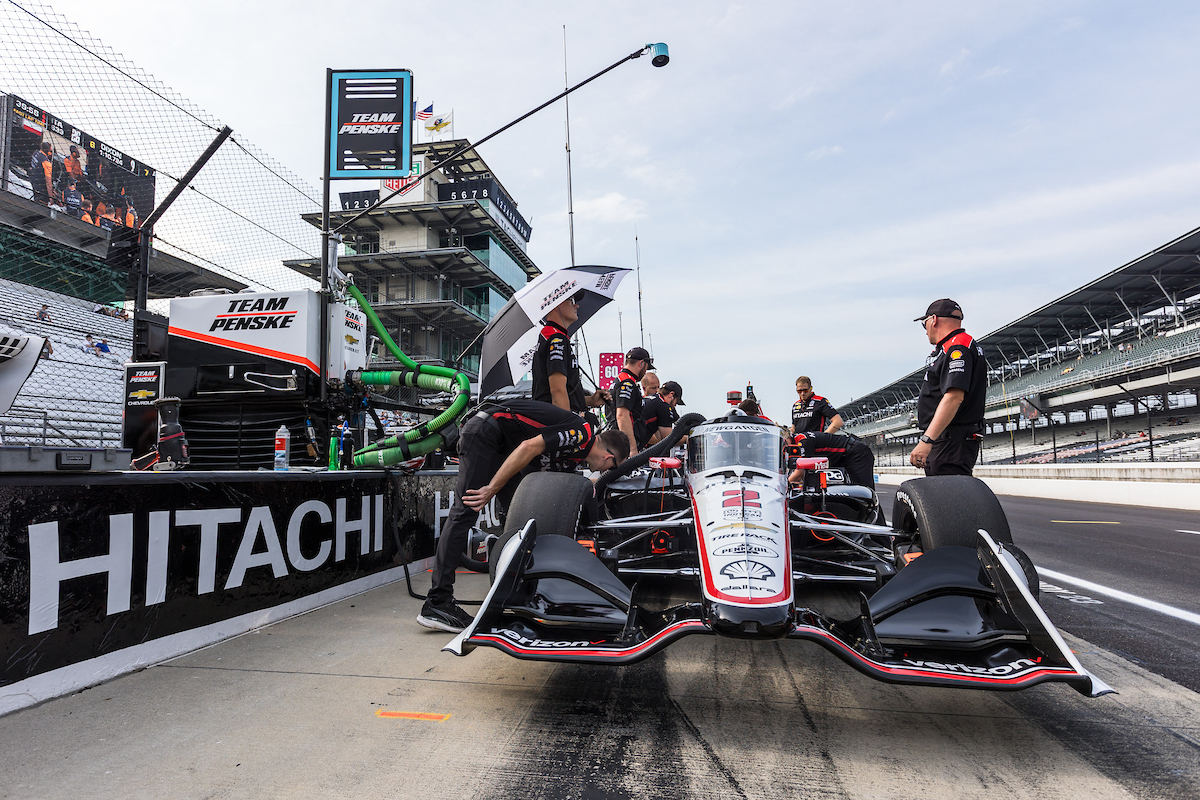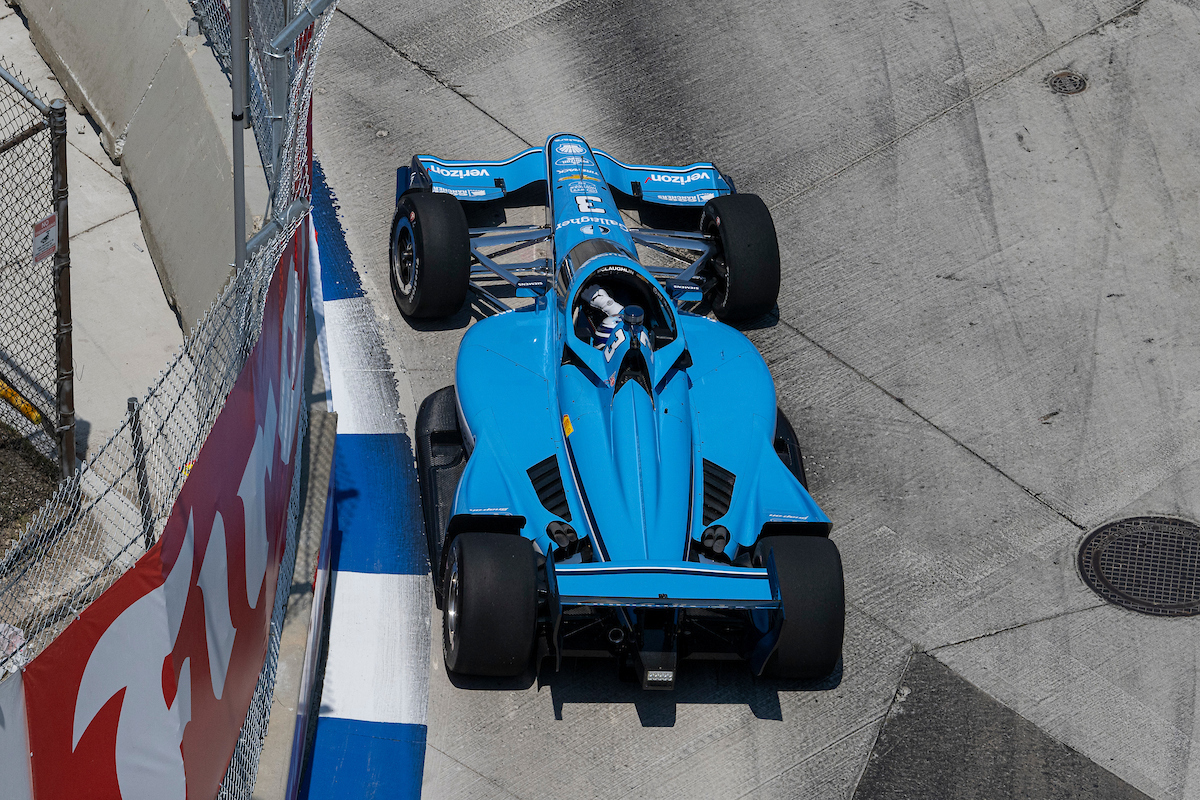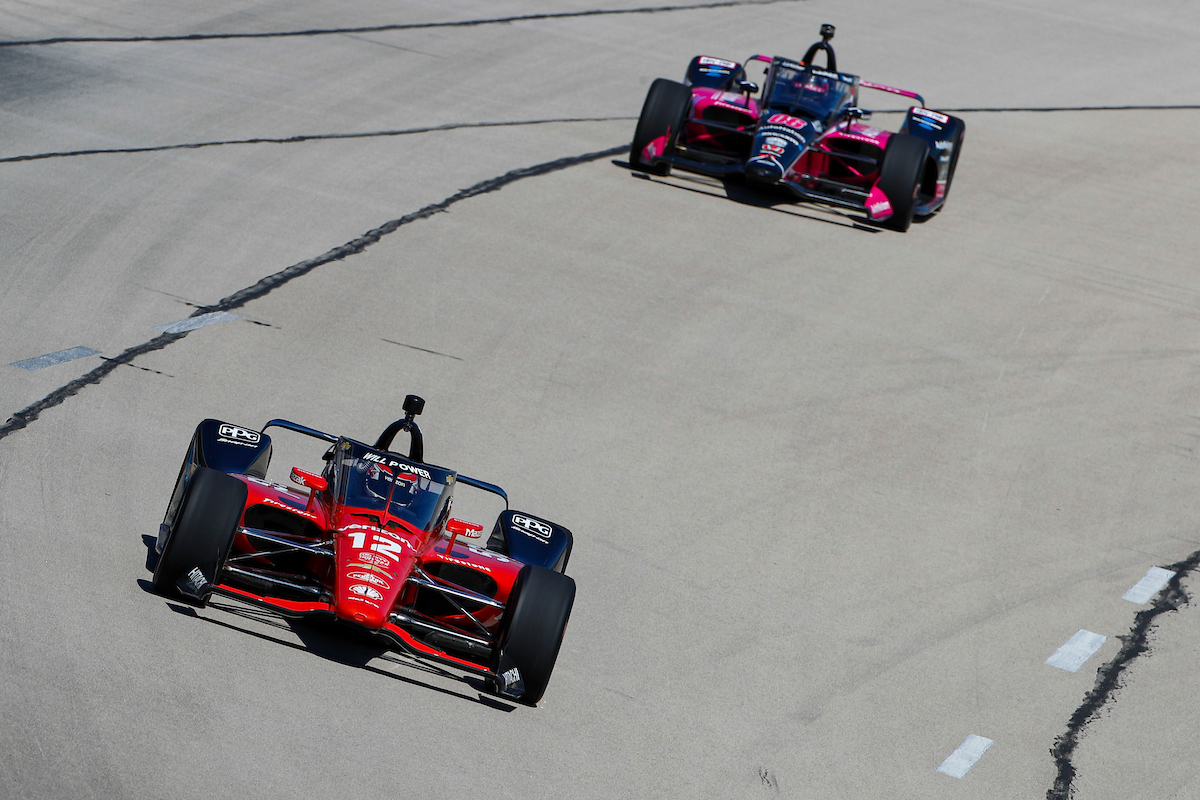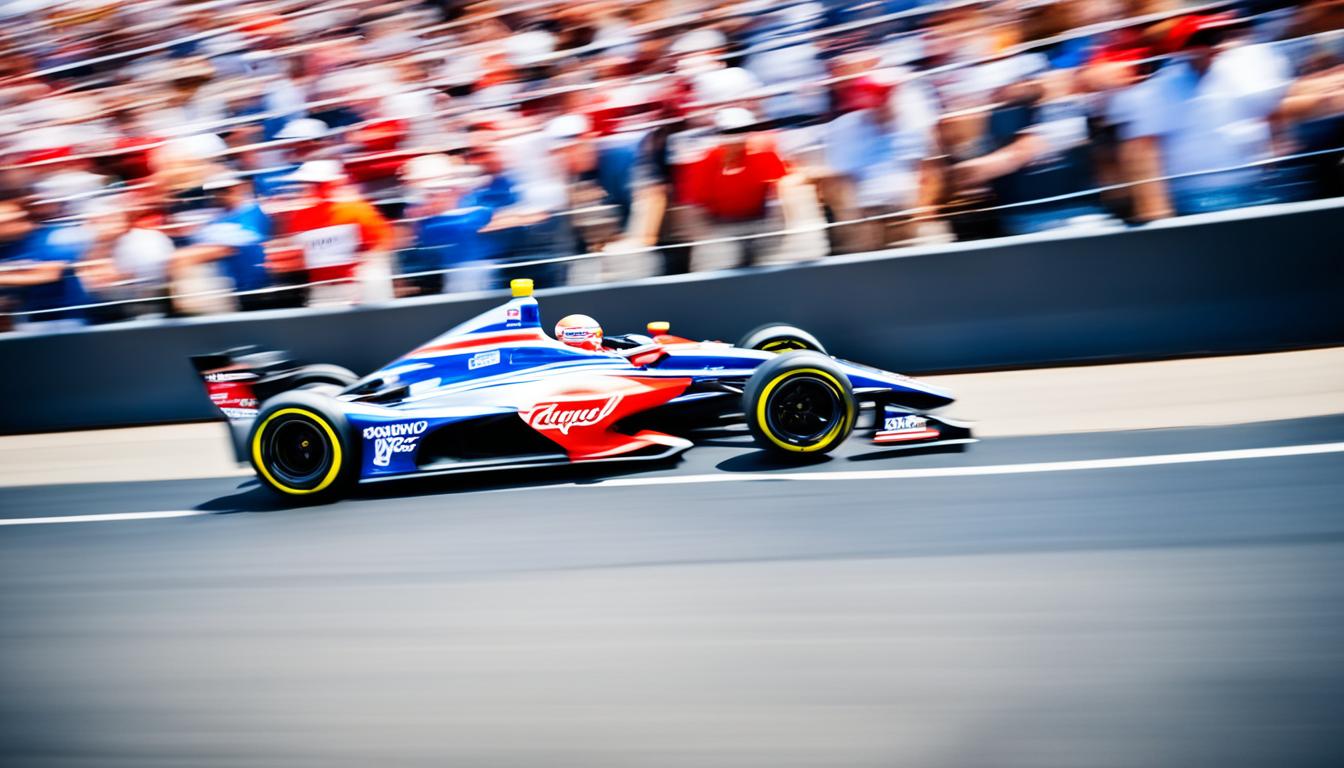How Many Miles per Gallon does an IndyCar get?
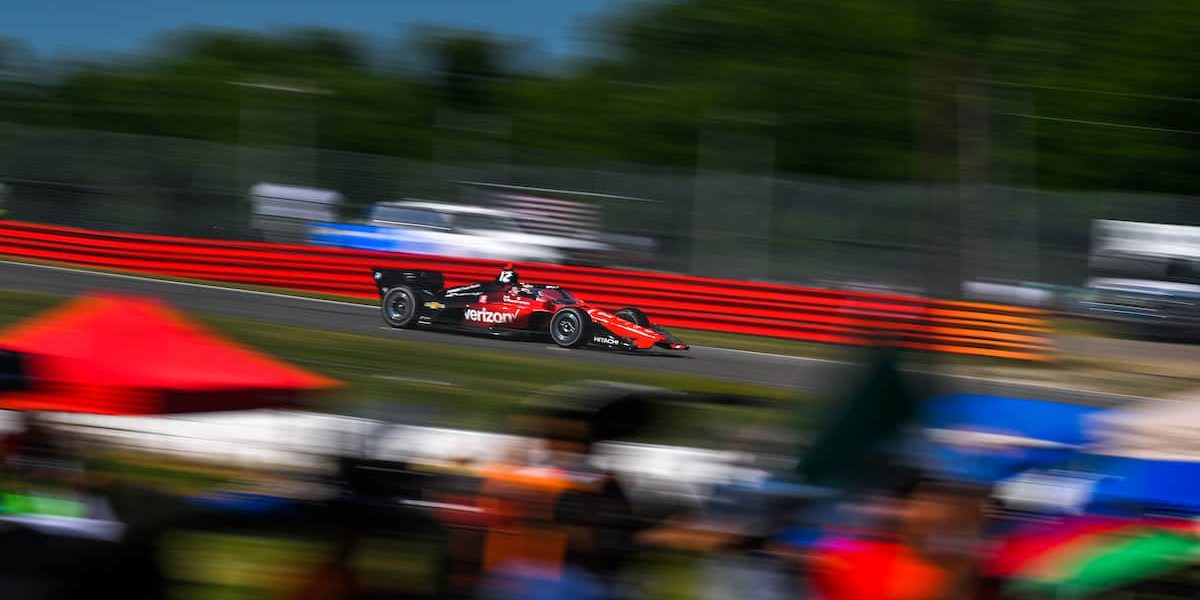

With a fuel capacity of 18.5 US gallons or 70 liters since 2012 for an IndyCar. Many people want to know How Many Miles per Gallon does an IndyCar get when racing?
Indy Cars generally get about four miles for every gallon of fuel they have in their fuel tanks. These high-speed cars use two-liter twin-turbo direct-injected V6 engines made by either Chevrolet or Honda. The Indycars produce low mileage because these cars are primarily designed for performance and not fuel efficiency.
With this four miles per gallon ratio, an IndyCar will consume an average of 0.6 gallons of fuel per lap. So using the Indy 500 as our example. An IndyCar will need 125 gallons to finish the total 500 laps of the race.
Table of Contents
How Many Laps can an IndyCar Cover with a Full Tank of Gas?
What is sprayed on Indy cars after fueling?
However, a fuel rig problem occurred in 2018 for the No.26 Andretti Autosport crew of Veach’s car, which led to perhaps the sketchiest moment of 2018’s Indy 500 race.
After his pit crew pulled the hose out, some of the fuel was spilled all over the hot rear area of Veach’s car, instantly setting it on fire. The pit crews tried to spray water over the vehicle, but the fire took hold too quickly.
But Instead of the pit crew rushing to grab the fire extinguishers and get the driver out of the car, his team told him to gun it. Fortunately for them, it worked! The spilled fuel quickly burned off, and Veach continued racing, eventually finishing in 23rd place.
What fuel do Indy cars use in 2022?
The type of fuel used in Indy cars is called the E85 mix. It combines 15% high-octane racing fuel and 85% ethanol. However, From 1964 to 2006, the IndyCar Series cars used pure methanol. But, to enhance the safety and security of IndyCars, it changed it to ethanol in 2007.
What brand of fuel does IndyCar use?
The resulting mixture will produce a fuel that is 100 percent comprised of feedstocks that are categorized as “renewable” under the applicable regulatory frameworks.
The fuel used by IndyCar today is a variation of E85, which combines 15% high-octane racing fuel and 85% ethanol. The new fuel provided by Shell will enable at least a 60-percent reduction in greenhouse gas emissions as compared to using fossil-based gasoline.
How much time does it take to Fuel an IndyCar?
How Many Miles per Gallon does an IndyCar get? – Final Thoughts
Due to the amount of performance and speed needed by an IndyCar, its fuel efficiency is somewhat neglected. Because of this, many racing fans want to know How Many Miles per Gallon does an IndyCar get?
Because Indy Cars are built for speed and performance, they usually get about four miles for every gallon of fuel they have in their fuel tanks. These high-speed cars use two-liter twin-turbo direct-injected V6 engines made by either Chevrolet or Honda. The Indycars produce low mileage because these cars are primarily designed for performance and not fuel efficiency.
Furthermore, An IndyCar can refuel in pitstops in about 7 seconds, and after every refueling, pit crews spray the vehicle with water to prevent spilled fuel from causing a fire.
Moreover, For the next IndyCar season, Shell will be the official new fuel supplier for the IndyCar Racing Series. This new fuel that Shell will provide will consist of a mixture of second-generation ethanol extracted from sugarcane waste and other biofuels.


